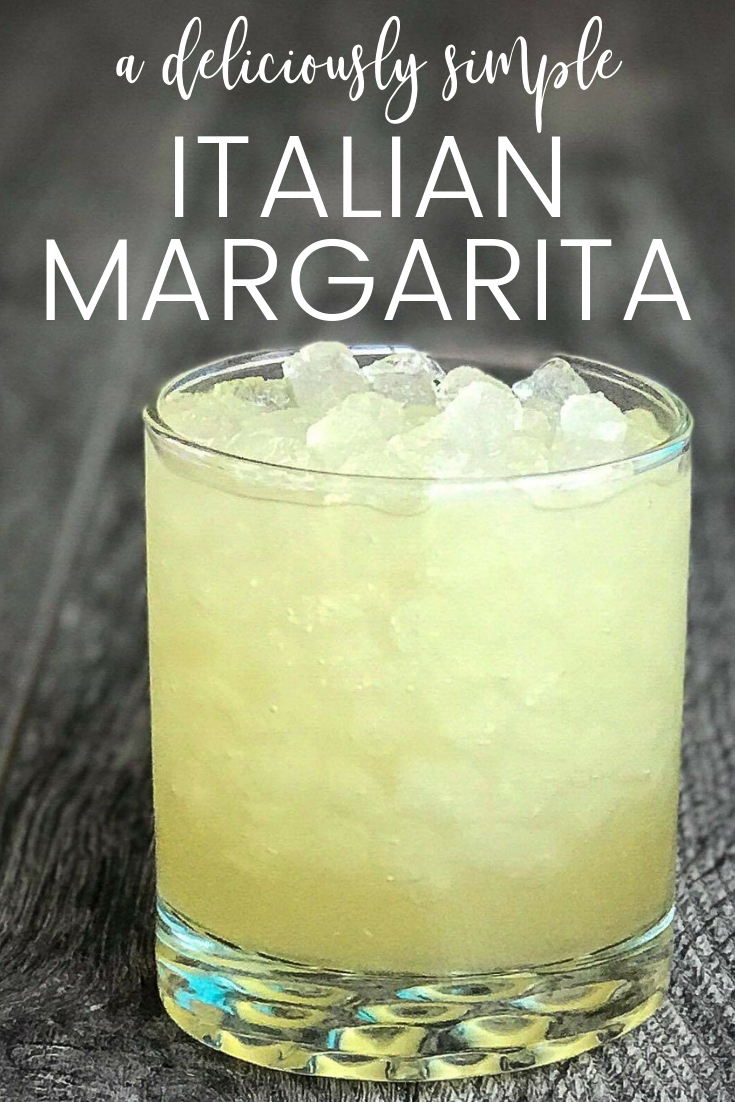

The ingredients listed on the side of the can are “natural flavors and FD&C Yellow #5” while the front promises tequila and triple sec. This is a drink better described as vaguely tequila-flavored soda. Though, at only 5% ABV, El Jimador drastically tips the scales in favor of diabetes. In an effort to cover up the taste of the tequila, most of these drinks are so over-sugared that a steady diet of them would turn into a race between diabetes and alcohol poisoning. As we mentioned in our Disney post, bars are flooded with frozen strawberry-mango-sassy-lady-margaritas marketed towards the girls-night-out crowd and Sandals resort vacationers. (See also: The Daiquiri) These days it’s nearly impossible to get a margarita that contains tequila, triple sec, lime juice, and not a damned thing else.

But I digress.El Jimador Can-o-rita is the latest in a persistent and ongoing trend that has defamed the margarita, a decent and respectable drink. Around 15% of collisions in Australia are alcohol-related (but alcohol was the contributing factor in 30% of fatal collisions), while 17% are related to fatigue. But then, research also shows that fatigue and dehydration can be just as affecting as a blood alcohol limit of 0.05%.
#Will one margarita get me drunk professional
This has led to various medical professional groups calling for a lowering of the blood alcohol limit from 0.05% to 0.02% and then onto 0%.

The problem can be compounded by alcohol addiction problems and a number sense of its effects. Looking at research data, it seems that when questioned almost no-one can accurately predict whether, after one or two drinks, they’re under or over the legal limit.
#Will one margarita get me drunk driver
And, as mentioned, perception of what’s occurring around them also diminishes, even if the driver doesn’t realise it. According to research, a blood alcohol of 0.02% is enough to see hand shaking appear and thus an inability to control lane position while driving, with the result that the driver is more likely to wander in and out of their lane. And this means, if you’re driving a car, that you’ll start focussing on one thing at a time, like steering, but you won’t notice peripheral things, like a child running out onto the street or a car braking ahead of you, or maybe even the traffic lights changing. A standard drink might be 30ml of spirits, 285ml of beer or 375ml of low-alcohol beer, 100ml of wine or 60ml of sherry or port.Īs the alcohol lobs in your brain, the brain’s activity begins to slow down. The guidelines state that males can drink no more than two standard drinks in the first hour (containing no more than 10g of alcohol each), followed by one standard drink every hour after than. Beyond 0.05 BAC you’re a staggering eight times more likely to be involved in a collision than before you had a drink.Īlcohol hits your brain within minutes of being consumed and hangs around until your body metabolises the alcohol, and the time it takes to do this varies depending on the type of drink you consume, your height, age, size, and sex, the length of time you consumed the alcohol across, whether food was consumed, the health of your liver, and your fitness, etc. And even just one drink is enough to impair your driving ability, affecting things like your ability to see or locate moving lights, judge distances, and you’re more likely to take risks when driving, too.ĭrive at the legal limit of 0.05 blood alcohol concentration (BAC) and you’re twice as likely to be involved in a collision than before drinking. There’s no absolute safe level of alcohol consumption for competent/safe driving.


 0 kommentar(er)
0 kommentar(er)
